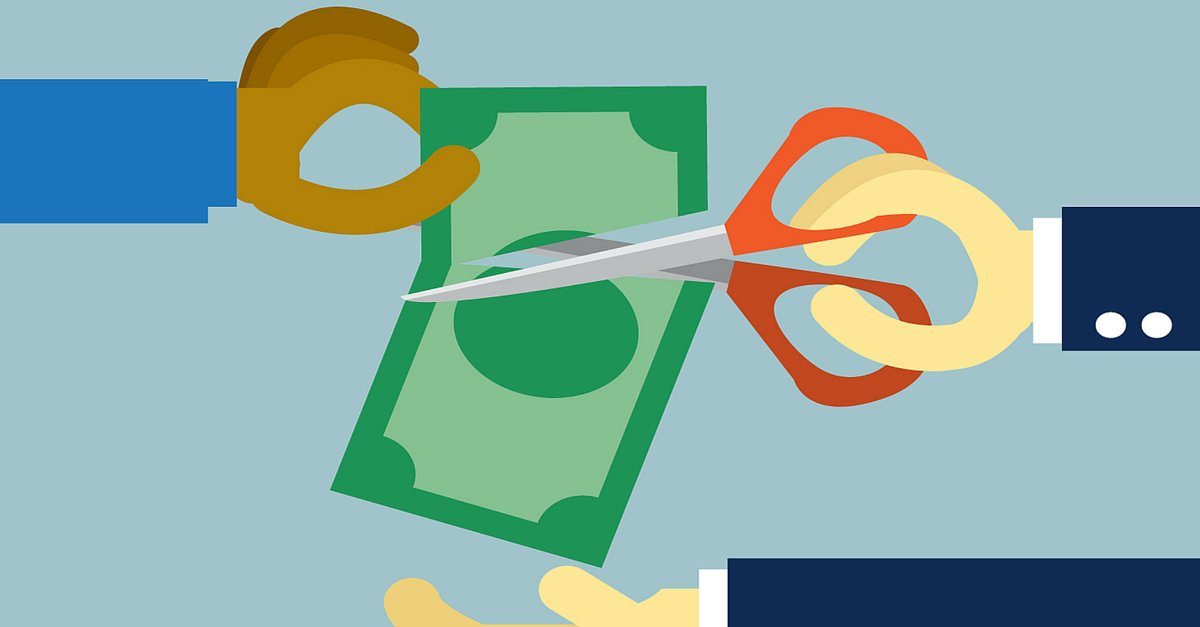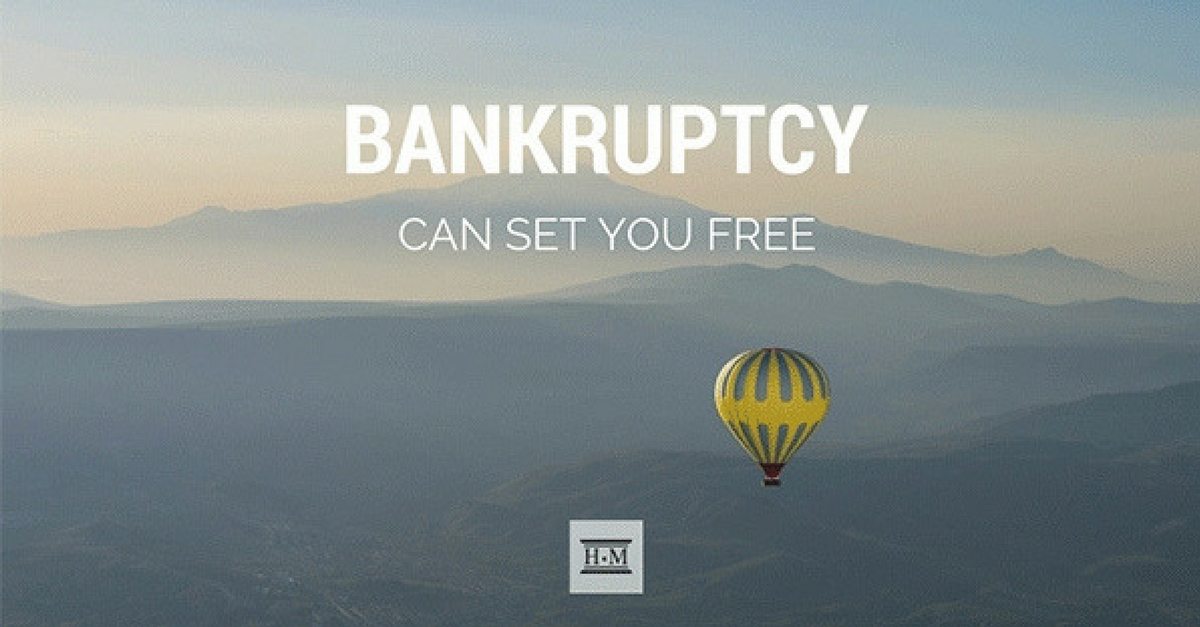
Student loans are similar to all unsecured debts: they can be eliminated in a consumer proposal. However, there are special rules that apply to government guaranteed student loan debt.
Specifically, section 178 (1)(g) of the Bankruptcy & Insolvency Act states that the following debts are not automatically discharged in a bankruptcy or consumer proposal:
any debt or obligation in respect of a loan made under the Canada Student Loans Act, the Canada Student Financial Assistance Act or any enactment of a province that provides for loans or guarantees of loans to students where the date of bankruptcy of the bankrupt occurred:
(i) before the date on which the bankrupt ceased to be a full- or part-time student, as the case may be, under the applicable Act or enactment, or
(ii) within seven years after the date on which the bankrupt ceased to be a full- or part-time student;
These same rules apply whether you are filing a consumer proposal or filing bankruptcy for student debt in Canada.
What It All Means – 7 Years is the Key
For those of you who are not lawyers, here’s the translation of the 7-year rule for student debt:
- If you have been out of school for more than seven years, your student loan will be eliminated in a consumer proposal.
- If you have been out of school for less than seven years, your student loan may not be automatically discharged, even if all of your creditors accept your consumer proposal.
Here’s an example:
- Former student A has $25,000 in debts (say $15,000 in credit card debts and a $10,000 Canada student loan). Her last date of study was 8 years ago. She could file a consumer proposal. If her proposal is accepted, her student debt would be eliminated because those student loans are more than 7 years old.
- Former student B has the same debts except that his last date of study was 6 years ago. If more than half of the dollar value of the creditors accepted the proposal, the proposal was accepted. However, the student B’s student debt is not discharged because it is six years old, not more than seven.
When your student loans are less than 7 years old, your creditors still receive a prorated share of your consumer proposal payments, just like any other unsecured creditor. However, and this is important, once the proposal is over, they can pursue you for the rest of the money they are owed.
The only exception to this would be if the student loan lender specifically agreed to the discharge of the student loan as a term of the proposal. If they simply don’t vote, the other creditors can approve the proposal, but the student loan continues to exist.
Using our example above, if $15,000 in credit card debts voted in favour of the proposal, but $10,000 in less than seven year old student loans voted against, the proposal would be accepted, but the student loans would not be discharged. At the end of the proposal, the debtor may still be liable for the student loan debts.
To reiterate: A former student’s student loans, if less than seven years old, will only be discharged in a consumer proposal if the student lender specifically votes in favour of the proposal.
Does that mean you have no option if your student loans are newer?
No.
If you can’t pay your student debt, a consumer proposal might be the answer.
- If you have significant other debts (like credit card and unsecured bank debt), a proposal will eliminate these debts which can mean that you will now be able to afford your monthly student loan payments.
- You can also ask that your student loan lender agree, up front, to discharge your student loans in full as part of the proposal. Why would they do this? Well if you are close to the 7 year mark and would otherwise file bankruptcy anyway, and you can offer slightly more as an incentive, they may agree. You are still better off, and so are they.
If you are strugging with student debt, the key is to talk with a Licensed Insolvency Trustee who can review your personal situation and provide debt relief solutions that will work for you. Contact us today for a free no-obligation consultation.







